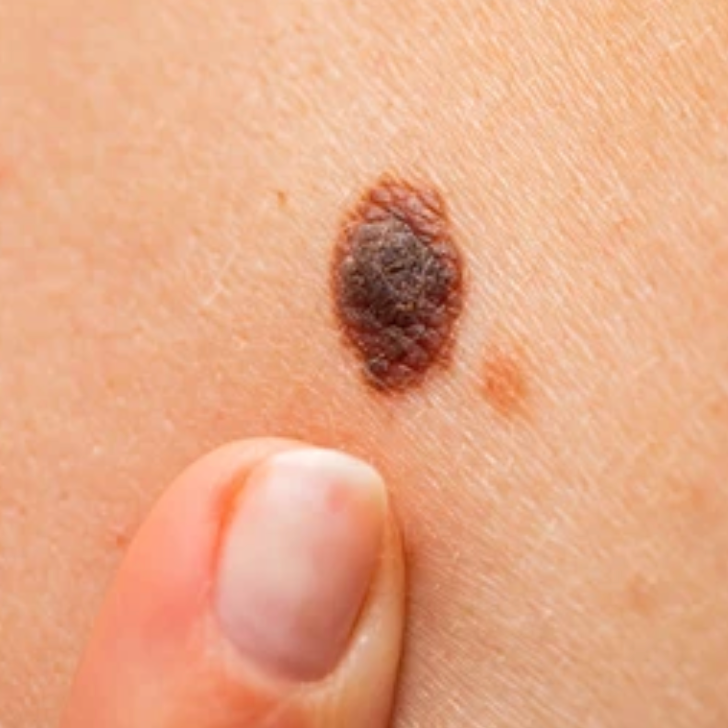How to check a mole
A simple guide on how to check a mole
The importance of monitoring your moles
As a plastic surgery practice dedicated to your health and well-being, we believe that monitoring your moles is a crucial aspect of skin health. Moles are common skin growths that can appear anywhere on the body, and while most moles are benign, some can develop into melanoma, a serious form of skin cancer.
Early detection of skin cancer
One of the most compelling reasons to monitor your moles is the early detection of skin cancer. Melanoma, the deadliest form of skin cancer, often begins with a mole. By regularly checking your skin and noting any changes in your moles, you increase the chances of catching melanoma early, when it is most treatable. Early-stage melanomas have a high cure rate, emphasising the importance of vigilance.
Regular self-examinations
Performing regular self-examinations is a simple yet effective way to monitor your moles. We have set out an easy 4 step guidance that you can follow to monitor your moles yourself.
In addition to self-examinations, schedule annual skin checks with a healthcare professional.
Dr. Gino Vissers is a consultant plastic surgeon with an additional specialisation in skin cancer surgery. He is trained to identify suspicious moles and perform skin biopsies if necessary. Dr. Gino Vissers can also provide guidance on how to protect your skin from UV damage, a significant risk factor for skin cancer.
1. Take a photo on your phone
Take a photo on your smartphone today and use that to check the mole for changes. You can put a ruler next to the mole so that you get a measurement on the photo.
2. Take a look at your moles in 4 months
We recommend checking the mole, as well as the rest of your skin every 4 months. Put a reminder in your diary so you don't forget. Use the photo you took to look for any changes.
3. What am I looking for?
You are looking for any changes in
size,
colour, or
shape, or new symptoms such as bleeding, itching, or crusting.
4. If it has changed - see a doctor
If you think your mole has changed or if you aren't sure, you should have it reviewed by a doctor.



